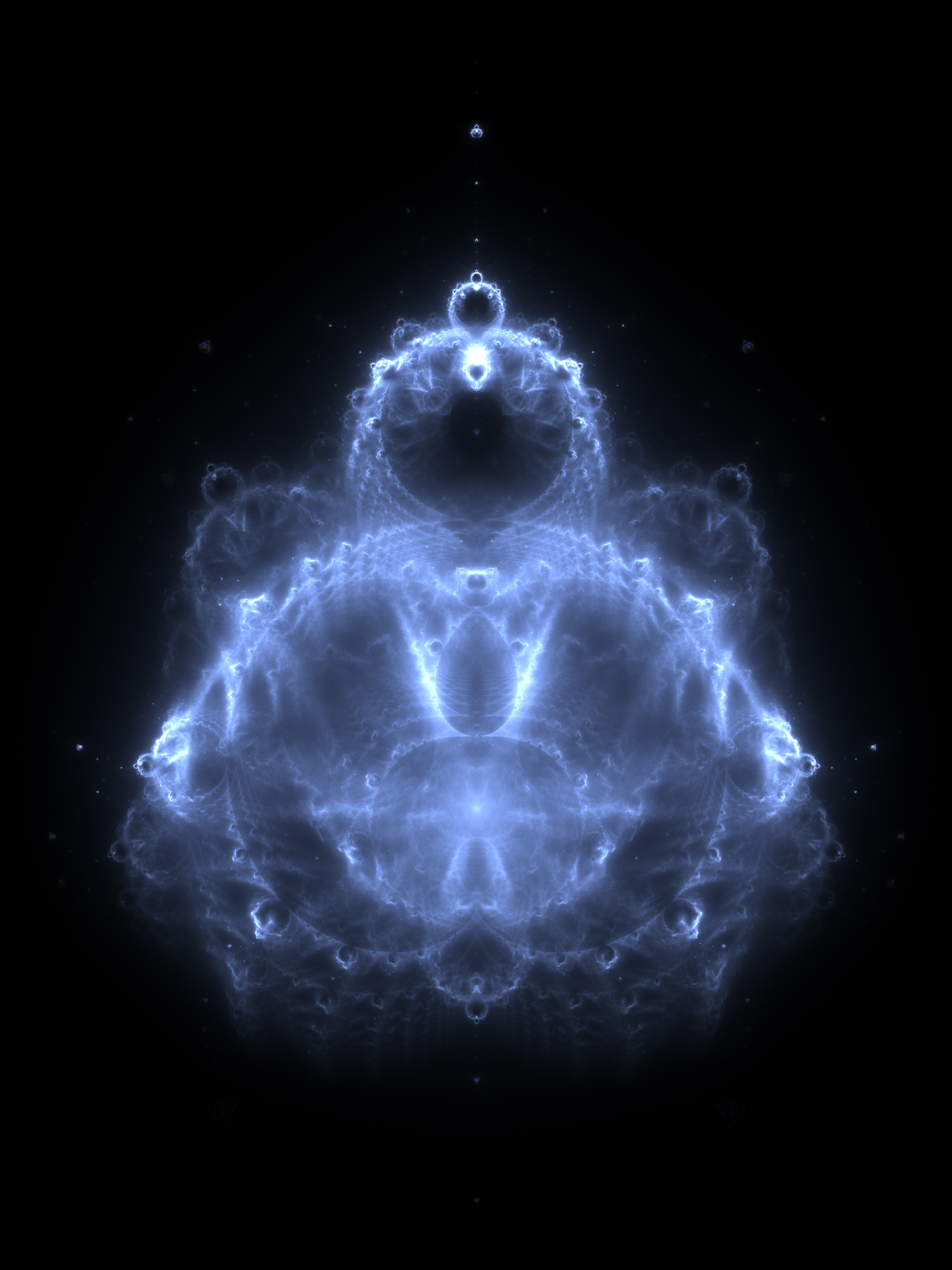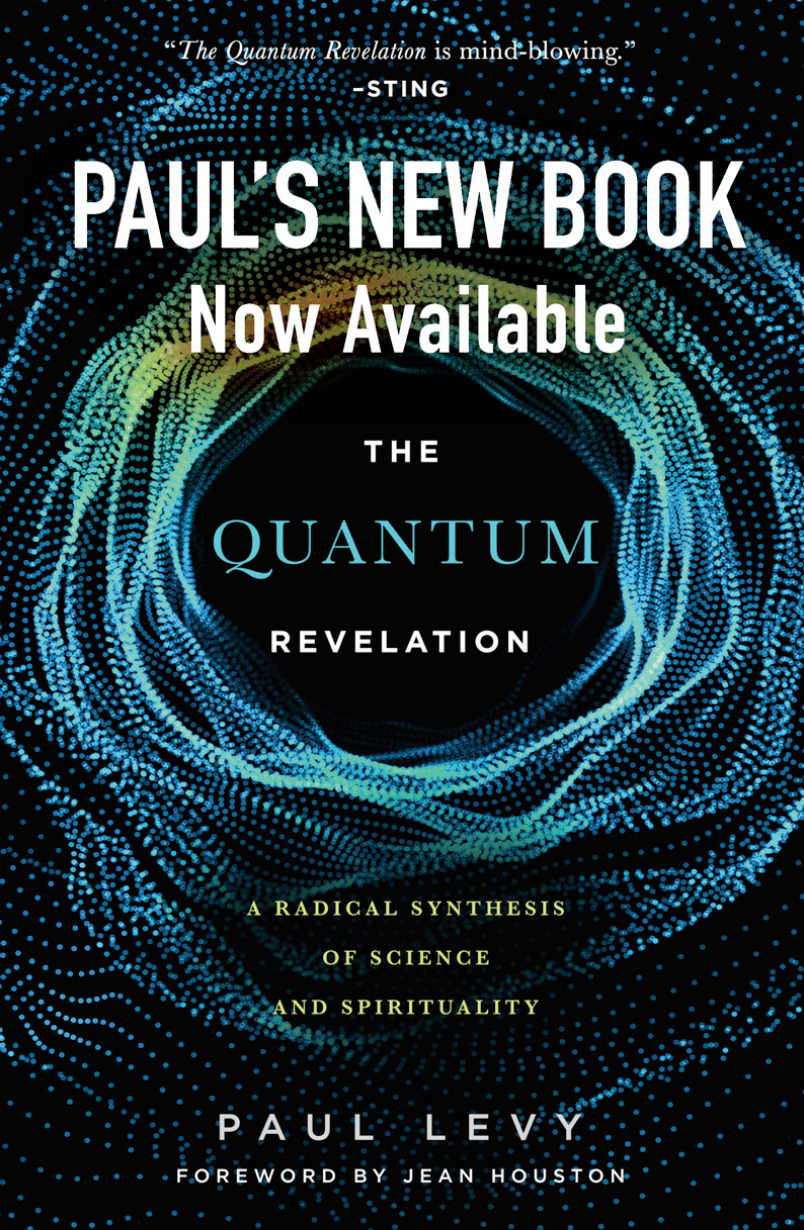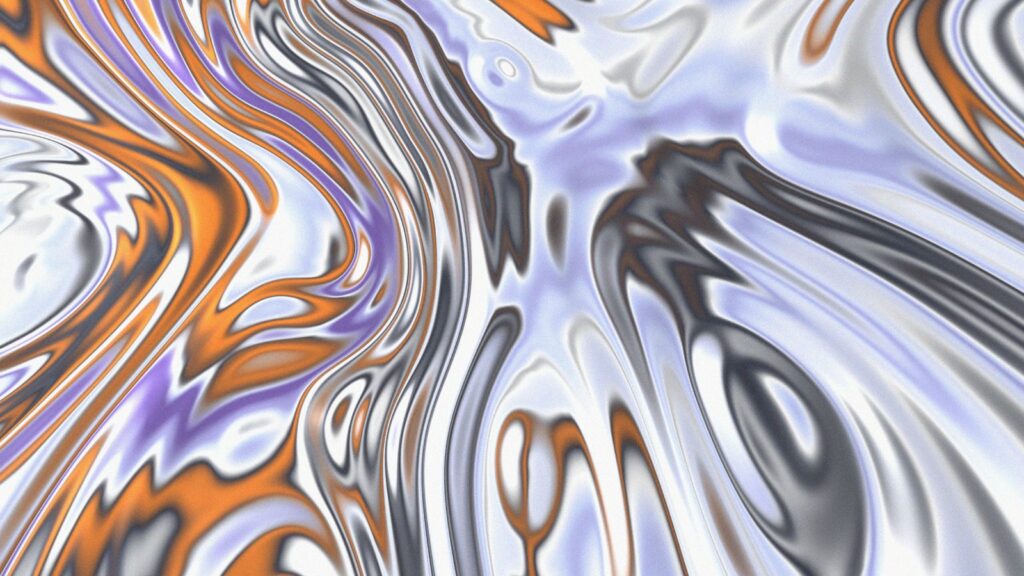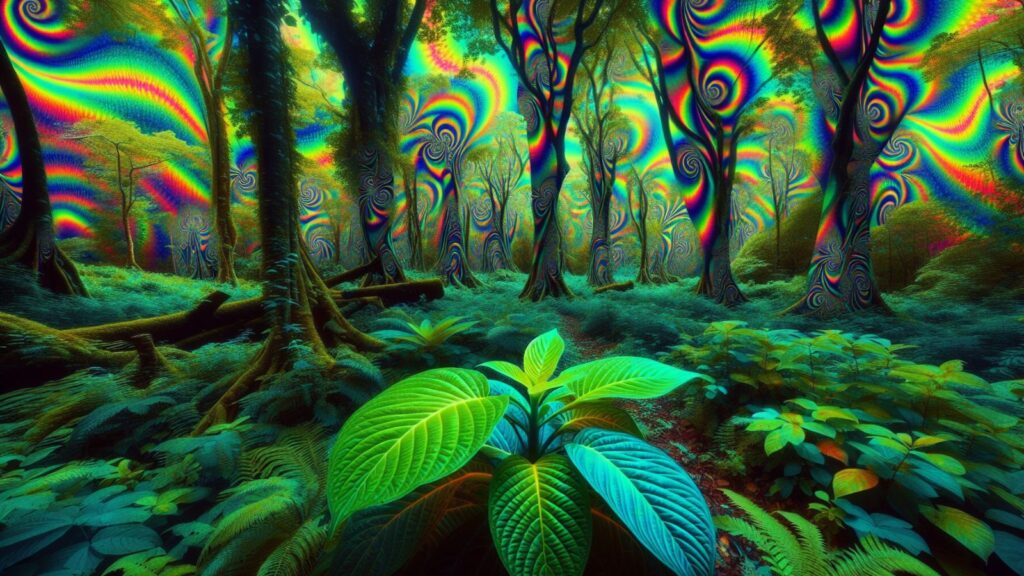The following essay was originally published on Paul Levy’s website Awaken in the Dream. His new book The Quantum Revelation was recently published – learn more here.
I am of the opinion that wetiko is the most important idea in the world – I say this for the simple reason that if we don’t “see” wetiko—or whatever we call it—there will be no world. For this there is more than ample evidence—we are hurtling headlong on the path to self-destruction. Humanity is facing the most important question in our history—whether human life will survive in anything like the form we know it. We are answering this question with governmental policies and collective behavior which only increases our acceleration towards multiple disasters—as we madly compete with each other to race off the nearest cliff—as fast as possible. We have fallen blind—as if in a hypnotic trance—as a seemingly demonic force compels our species towards its own self-destruction. To quote eminent theologian David Ray Griffin, “Our battle seems to be against ‘flesh and blood’ less than against some demonic power to which human civilization is in bondage.”[1]This “demonic power” is none other than what the Native Americans call wetiko.
One way of understanding wetiko is by understanding its antidote, as both illness and cure co-arise as inseparable parts of a whole quantum system. The quantum itself is a living revelation. It is noteworthy that wetiko is a quantum phenomenon, for the revelations emerging from the field of quantum physics provide a powerful key to the disease’s cure. “Revelation,” to quote Jung, “is an ‘unveiling’ of the depth of the human soul first and foremost, a ‘laying bare;’ hence it is an essentially psychological event, though this does not, of course, tell us what else it might be.”[2] Freely offered by the universe itself, the quantum revelation is the remedy for wetiko (I just wrote a book about this – The Quantum Revelation: A Radical Synthesis of Science and Spirituality).
The revelation that is quantum physics can be conceived of as being a potent medicine for the overly materialistic and fragmented worldview of Newtonian physics, one of whose malignant fruits is the wetiko mind virus. The Newtonian worldview of classical physics provides a false, limited and low-resolution lens for understanding the universe that happens to be the very framework which empowers the wetiko psychosis, thus enabling this mind virus to rapidly spread and propagate itself throughout the human world. It is as if the universe secreted a psychic vitamin to compensate for the extreme one-sidedness of our age that is inspired by the wetiko pathogen, and this immaterial medicinal supplement is quantum physics. Wetiko—which is a collective psychosis—is supported and fed by the internal logic, self-consistency, seeming coherence and spell-binding power of the mechanistic and deterministic worldview of classical physics.
Wetiko’s nature is quantum through and through. Just like how light manifests—as wave or particle—depends upon how it is observed; how wetiko manifests—as the greatest poison that will destroy our species or as the very medicine that will wake us up—depends upon how we dream it. Just like light has no objective nature separate from the act of being observed, wetiko has no objective reality separate from how we are dreaming it each and every moment. The all-important question is – do we recognize what is being revealed to us through this process?
Wetiko works its black magic through the projective tendencies of the mind. As if dreaming, we all project unconscious contents onto the inkblot of the waking dream, which instantaneously—in no time whatsoever—shape shifts and reflects back our projection, offering us all the evidence we need to confirm our viewpoint. In a self-generated and self-reinforcing feedback loop in which we become entranced by the creative powers of our own mind, we think/misperceive that our projections (whose source is inside of our minds) actually exist objectively, outside of ourselves. Instead of being awake to the dreamlike nature of reality—where we would we see ourselves reflected in everything—we then react to and become conditioned by our own projections. Weaving a cocoon around ourselves fashioned by our own mind, we become imprisoned into an unnecessarily limited—and seemingly problematic—identity, as we fall under the spell of wetiko.
Similarly, the worldview of scientific materialism thought of the world as objectively existing (i.e., as an object), separate and independent from us (as subject). Quantum physics, however, by revealing the ultimate inseparability of subject and object, has dispelled the notion of an independently existing objective universe—it has empirically proven that there is no such thing (and, I might add, no such thing as “things”). Quantum physics’ insight that there is no “independently existing objective universe” (acronym: IEOU) separate from our consciousness of the universe is analogous to the personal insight in which we see that we have been unconsciously re-acting to our projections as if they objectively exist in the world rather than originate within our own mind.
Seeing the world as if it exists objectively (i.e., mistaking the appearance for the thing itself) reciprocally turns us into objects who are then subject to the world, killing our soul in the process by devaluing the central and creative role that our consciousness plays in shaping the world moment-by-moment. As observer/participants we are not only part of the universe, but are actually influencing the very universe we are observing by inescapably participating in its moment-to-moment arising. We—including our consciousness—and the universe exist as indivisible aspects of a whole quantum system. Quantum physics is pointing out that we are participating—whether we know it or not—in creating our experience of the world and ourselves.
The co-emergence and encounter of subject and object is actually one process with two interrelated and mutually reinforcing aspects. The idea of an independently existing objective universe (IEOU) reciprocally co-arises with and simultaneously evokes and is evoked by an apparently independently existing inner reference point—ourselves as seemingly separate and self-existing subjects. In quantum physics the notion of an IEOU is referred to as a “known-to-be-false” idea. This false conception (truly a false imagination) about the nature of the universe in which we live feeds off of and into the notion that we exist in a way—as a separate self—that we simply do not. These two unexamined (and erroneous) presumptions—the idea of an IEOU and its reflex-ive corollary: the idea of our existing separately from the IEOU—mutually condition, reinforce and generate each other, co-arising simultaneously.
If we identify with this inner subject, taking it to be who we are, we have forgotten (suffering a case of amnesia) that it is merely made up—constructed—by our minds. This apparently separate “objective subject” within us appears to be an inherently real psychological center of volitional action that exists within the realm of time (making us “time-bound”). In a circular process without end until seen through, this inner subject continually self-generates itself—as well as having a hand in constituting our experience of the seemingly objective world—as evidence for its own existence. Who we think we are is truly the biggest of all of our assumptions. Who we believe ourselves to be has the greatest consequences on the nature of our lives at every level. All other assumptions are secondary, a function of and conditioned by our primary assumption about who we think we are.
If we identify ourselves in this misbegotten way, however, we not only have identified with who we are not, but we have simultaneously given away our power, forgetting who we actually are. We are then living someone else’s life rather than our own, which is to say that we are living a lie. We then proceed to live our lives within the false construct of a fragmented, compartmentalized and encapsulated self that is separate from other seemingly separate selves. This error-ridden construct is the distorted foundation out of which the pernicious plague of wetiko springs. This self-justifying but unreflected upon assumption is the poisoned soil out of which the maleficent, stunted and twisted “tree” of wetiko grows (a diseased and toxic version of the “Tree of Life”). The tree (of death) of wetiko bears the pestilential and fear-ridden fruit of unnecessary war, crime, disease and poverty such as we see in the world today.
Once we identify with being a separate self, our belief instantaneously—in no time—feeds back into the illusion of an inherently existing outer reality in a potentially infinitely self-perpetuating feedback loop whose source is our own mind. Physicist David Bohm calls this process “an illusion-generating illusion,” which is to say one illusion can endlessly generate—and be reinforced by—another. This intricate web of illusion has no ultimate substantial reality, but if the initial illusion is not seen through—but rather, is accepted as true—it can shape reality to both conform to and confirm the initial illusion. Once we see through the idea of there being an independent objective universe, however, something amazing happens—we discover that who we thought we were (as independently existing separate subjects) relative to the objective universe also comes into question.
As quantum physics unassailably reveals, once we see through the “hallucination” of an IEOU, our false notion of who we are also dissolves. For when we have nothing objective to be subjects in relation to, what happens to us as subjects? In other words, once we recognize that there is no objective world out there separate from us, our experience of ourselves as subjects relative to the world spontaneously revisions itself, changing according to our level of realization. We can then begin to claim and step more fully into our roles as sovereign and empowered creative agents who can connect with each other so as to consciously co-create—and dream up—our world in a way that is more in alignment with who we are discovering ourselves to be. We recreate ourselves anew in the process.
All of this is to say that quantum physics—when properly understood—is revealing itself to be a complement and ally to spiritual practice. Both ultimately expose, see through and undermine the illusion of us existing in a way that we do not – as a separate self. Spiritual practice accomplishes this by turning our investigation inwards onto our own mind. Quantum physics reaches the same realization by investigating the micro-structure of the outer world. It should get our attention—big time—that contemplating the fundamental structure of both the inner and outer worlds reaches the same “place” and reveals the same truth.
Because the source of this insidiously self-reinforcing dynamic which generates the dual illusion of an IEOU and an independently existing separate subjective self is our own mind, the re-solution and means of dispelling this dual illusion is, and can only ever be found, within our own mind. We already have the remedy for this pernicious mental malady within us (we literally are the remedy), it is just a matter of being able to find, recognize and remember it.
The remedy for wetiko is nothing other than to be found in our already-perfected indestructible nature, what Jung simply refers to as the innermost foundation of our being, which is nothing other than our quantum nature. We are quantum beings in the flesh. Our quantum nature is the source of immense, seemingly never-ending creativity which, when consciously accessed and wielded, can be used for the betterment, instead of—as it’s being unconsciously used for now—the destruction of our species. It makes sense that connecting with the creative spirit is what vanquishes wetiko, for it is not for nothing that wetiko tries to immobilize, disable and kill our creativity.
In my earlier works, I was calling wetiko “Malignant Egophrenia”—abbreviated as ME disease—which is to say that wetiko is a case of mistaken identity (a misidentification of who we imagine we are). In this distortion—and diminishment—of our true identity, we unnecessarily limit ourselves, hindering both our creative genius and our boundless wealth of potential compassion available within our true (i.e., un-wetiko-ridden) nature. “Western man is in danger,” Jung writes, “of identifying himself with his fictive personality and the world with the abstract picture painted by scientific rationalism.”[3] Impersonating ourselves, we then—tragically—become a copy-cat imitation of ourselves rather than the real thing.
Science is part of our endeavor to answer the great philosophical question “who are we?” Erwin Schrödinger, one of the founding fathers of quantum physics, comments on answering this question, “I consider this not only one of the tasks, but the task, of science, the only one that really counts.”[4] Taking in the revelations of quantum physics necessarily demands that we change our conception of who we are. To quote the great theoretical physicist John Wheeler, “We may someday have to enlarge the scope of what we mean by a ‘who.’”[5]
The revelations of quantum physics help to correct our mistaken self-worldview (how we view ourselves relative to the world) of scientific materialism, which is a deluded perspective that takes the heart, soul and magic out of the world, reducing it to a dead, inanimate and insensate domain. In seeing the world as objectively existing outside of and separate from ourselves, scientific materialism disenchants the world while simultaneously bewitching and casting a materialistic spell over its inhabitants. Its perspective on things is an expression of an epistemological blind spot in the very center of the predominating scientific vision of the world, a pervasive blindness which greatly affects every aspect of our lives and of which, tragically, modern society seems mostly unaware. Thankfully, the antiquated worldview of what Wheeler calls “a cracked paradigm” is losing its hold on the mind of humanity. Our old viewpoint, in the words of sci-fi author Philip K. Dick, “is shabby and cracking apart and fading away.”[6] The quantum is the healing elixir that is emerging through the very cracks that poet Leonard Cohen proclaims to be “how the light gets in.”
Jung comments, “Let us hope that the time is not far off when this antiquated relic of ingrained and thoughtless materialism will be eradicated from the minds of our scientists.”[7] In dispelling the unexamined illusion that forms the very basis of scientific materialism, quantum physics is thus playing a critical role in helping to dissolve one of the greatest impediments to the evolution of human freedom. To see that the world doesn’t exist as an object out there, combined with seeing that we don’t exist as an “objective” subject in here, is the doorway to the dreamlike nature of reality and to ever-greater degrees of lucidity, which is what quantum physics is revealing to us and which is precisely the central insight that dispells wetiko.
***
[1] David Ray Griffin, Christian Faith and the Truth Behind 9/11, 143.
[2] Jung, Psychology and Religion: West and East, CW 11, para. 127.
[3] Jung, Civilization in Transition, CW 10, para. 559.
[4] Schrodinger, Science and Humanism, 51.
[5] Wheeler, At Home in the Universe, 307.
[6] Jackson and Lethem, The Exegesis of Philip K. Dick, 75.
[7] Jung, The Structure and Dynamics of the Psyche, CW 8, para. 529.












